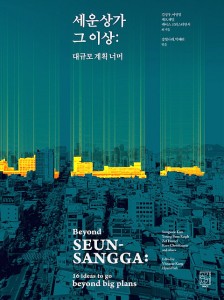With Kim Kon
The Developing Economies
Institute of Developing Economies | Chiba | 2024 | ISSN 0012-1533 | 1746-1049
Gentrification and displacement used to be an integral part of neighborhood transformation in Seoul, contributing to its economic and urban growth. While direct displacement has recently declined, new forms of displacement are emerging. This study employs a qualitative, case-oriented research approach to understand gentrification in Seoul by comparing neighborhood transformation and displacement in Sangwangsimni and Changsin-Sungin industrial clusters. In Sangwangsimni, the property-led urban redevelopment contributed to the direct displacement of residents. In contrast, Changsin-Sungin residents were able to remain in place because of the state-led urban regeneration. However, the latter resulted in residents’ feelings of powerlessness, emotional distress, and alienation, which increased displacement pressure and contributed to their indirect displacement. The consequences of neighborhood transformation for displacement reveal not only the changing scope of gentrification in Seoul but also the enduring role of the state in facilitating capital accumulation through the class remaking of the city.
Source: doi.org/10.1111/deve.12420.

